Understanding Complex Retinal Detachment
Complex retinal detachment is a serious and advanced form of retinal detachment that poses significant challenges for both patients and surgeons. It often involves the proliferation of scar tissue on the retina’s surface, complicating reattachment procedures and increasing the risk of permanent vision loss. If you’re looking for Retinal Detachment Surgery in Patiala & India, it is crucial to consult a specialized eye care center for accurate diagnosis and effective treatment.
What Causes Complex Retinal Detachment?
The condition can arise from various factors, including:
Proliferative Vitreoretinopathy (PVR): The development of scar tissue that can contract and cause the retina to detach again after surgery.
Severe Trauma: Injuries to the eye may lead to complex retinal detachments.
Previous Eye Surgeries: Complications from earlier procedures can contribute to this condition.
Underlying Eye Diseases: Conditions such as advanced diabetic retinopathy or severe uveitis may increase the risk.
For expert Retinal Detachment Surgery in Patiala & India, early intervention is key to preventing irreversible vision loss.
Symptoms to Watch For
Recognizing retinal detachment symptoms early can be lifesaving for your vision. Symptoms may include:
Sudden appearance of floaters (small, dark shapes drifting in your vision)
Flashes of light in one or both eyes
Blurred or distorted vision
A shadow or curtain spreading across your field of vision
If you notice any of these warning signs, consult the Best Retinal Detachment Hospital in Patiala immediately. Early diagnosis and treatment can prevent permanent vision impairment.
Diagnosis and Treatment
Diagnosis
Early detection is essential for successful management. Ophthalmologists typically use:
Dilated Eye Exam: Thorough examination of the retina and vitreous.
Ultrasound Imaging: Provides detailed views when the retina is obscured by hemorrhage or scar tissue.
Optical Coherence Tomography (OCT): Advanced imaging to assess retinal layers and detachment severity.
At a premier center offering Retinal Detachment Surgery in Patiala & India, advanced diagnostics ensure personalized treatment plans and better outcomes.
Treatment
Complex retinal detachment often requires more advanced surgical interventions, including:
Vitrectomy: Removal of the vitreous gel and scar tissue to allow retinal reattachment.
Scleral Buckle: Placement of a flexible band around the eye to counteract traction on the retina.
Pneumatic Retinopexy: Injection of a gas bubble to reposition the retina.
Laser Surgery or Cryopexy: Seals retinal tears and secures the retina to the eye wall.
Choosing the Best Retinal Detachment Hospital in Patiala ensures that experienced surgeons utilize the latest techniques for optimal recovery.
Living with Complex Retinal Detachment
After surgery, patients may need to:
Maintain specific head positioning to keep gas bubbles in place
Use prescribed eye drops to prevent infection and inflammation
Avoid strenuous activities, heavy lifting, and air travel temporarily
Attend regular follow-ups for retinal monitoring
The Path Forward
Complex retinal detachment can be daunting, but modern surgical techniques have dramatically improved vision restoration. Seeking timely Retinal Detachment Surgery in Patiala & India and understanding retinal detachment symptoms are crucial steps in protecting your vision.
If you or a loved one are at risk, immediate consultation at a trusted center for Retinal Detachment Surgery in Patiala & India can make all the difference. With the right care, patients can regain vision, prevent complications, and return to daily life with confidence.
Contact us today to schedule an appointment with our expert ophthalmologists and take the first step toward preserving your vision.
What we Serve
Our Services
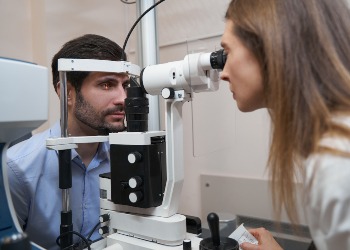
Surgical Management Services
Our Surgical Management Services cover a spectrum of critical eye procedures, including retinal detachment, vitreous hemorrhage, vitreomacular traction, nucleus drop + IOL drop, endophthalmitis, and trauma interventions. Led by Dr. Harsh Inder Singh, our highly skilled team is dedicated to providing expert surgical care for various eye conditions. We combine advanced surgical techniques with a patient-centric approach to ensure optimal outcomes and patient satisfaction.
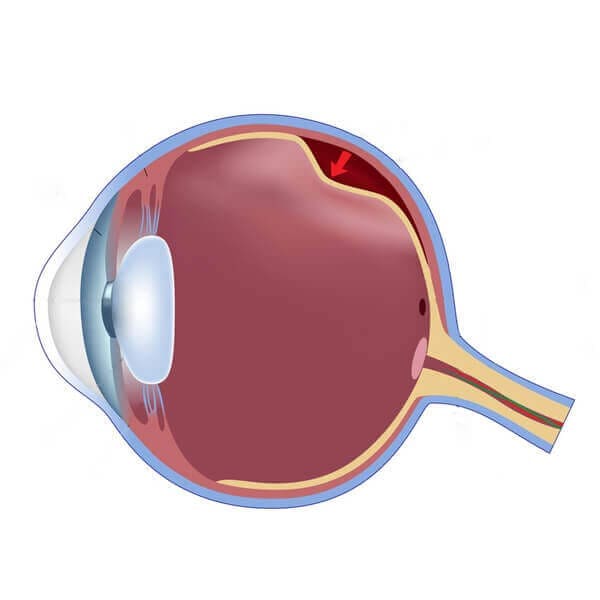
Retinal Detachment
Retinal detachment is a serious eye emergency that requires prompt surgical intervention. Our experienced surgeons specialize in retinal detachment repair, restoring vision and preventing permanent vision loss. Learn more about our expertise in retinal detachment surgery.
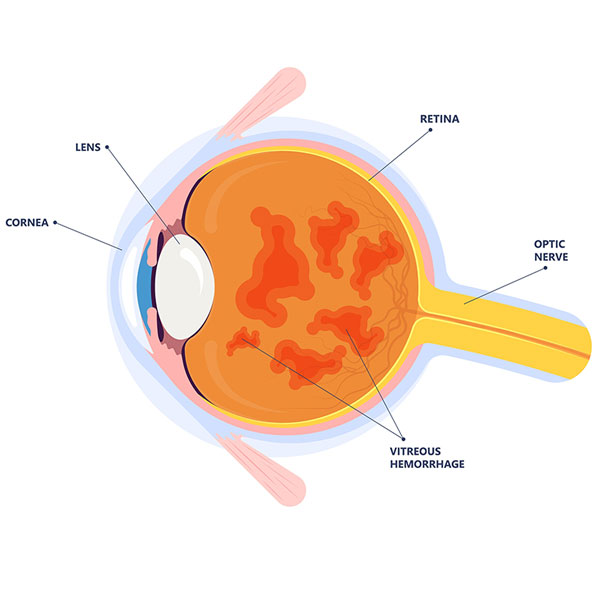
Vitreous Hemorrhage (Bleeding In Eye)
Vitreous hemorrhage refers to bleeding into the vitreous humor, the gel-like substance inside the eye. Our skilled team provides surgical management for vitreous hemorrhage, addressing the underlying cause and restoring visual clarity.
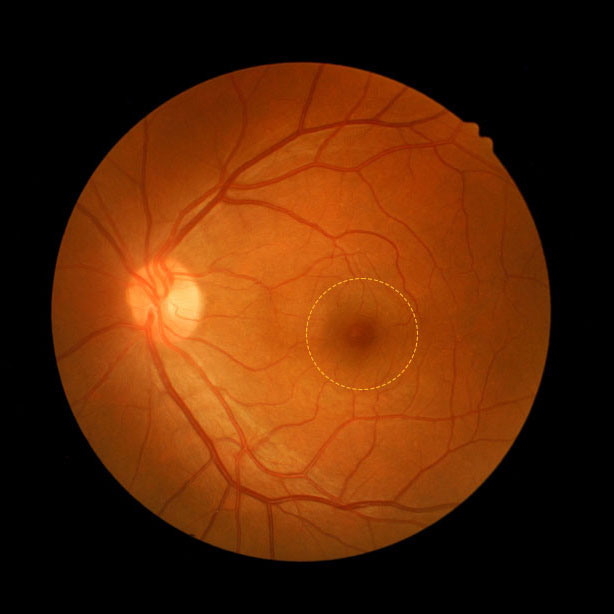
Vitreomacular Traction, Macular Hole, ERM
Vitreomacular traction, macular hole, and epiretinal membrane (ERM) are conditions affecting the macula, the central part of the retina responsible for sharp, central vision. Our surgeons specialize in delicate procedures to address these conditions
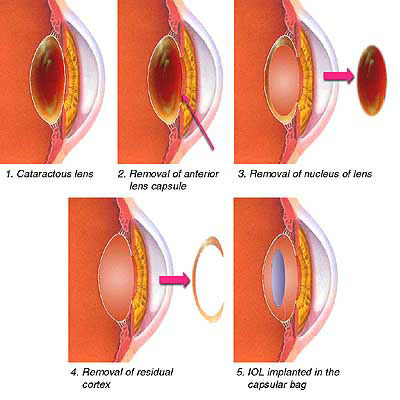
Nucleus drop + IOL drop
Nucleus drop and intraocular lens (IOL) drop are complications that can occur during cataract surgery. Our surgical team is skilled in managing these complications swiftly and effectively to ensure optimal outcomes for our patients.
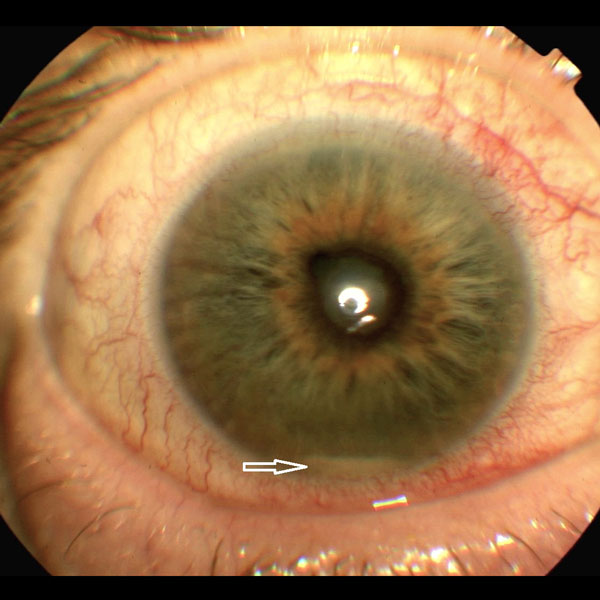
Endophthalmitis
Endophthalmitis is a severe eye infection that can result in vision loss if not promptly treated. Our specialists are experienced in the diagnosis and surgical management of endophthalmitis, providing timely intervention to preserve vision.
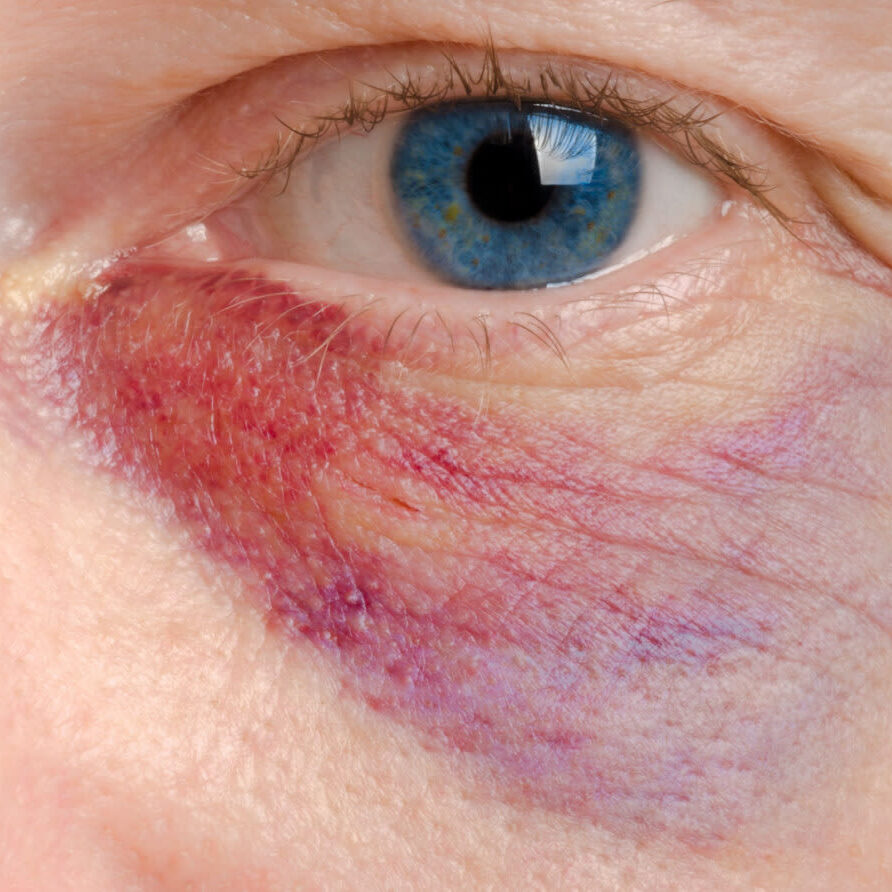
Trauma
Eye trauma requires immediate medical attention to prevent permanent damage and vision loss. Our team is equipped to handle various types of ocular trauma, providing comprehensive care to restore eye health and function.
